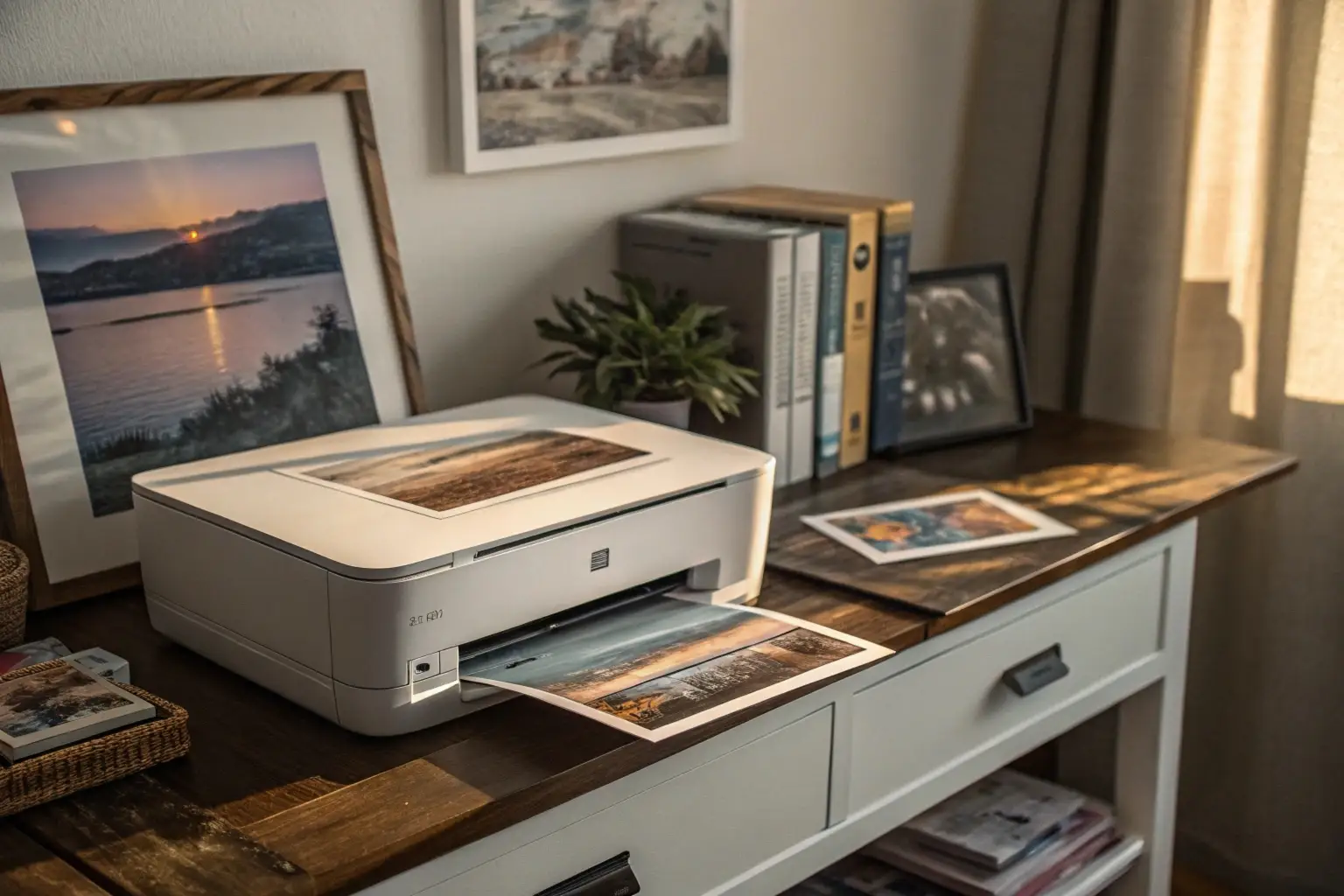
Aspect Ratios Decoded: What You Need to Know Before Hitting Print
Discover the crucial aspects of aspect ratios for printing. Learn how to avoid common mistakes and ensure your designs look perfect on paper with our comprehensive guide.

Ever wondered why your photos look off when printed? It might be the aspect ratio. This key element can greatly affect your printing results. Let’s explore why aspect ratios are vital for perfect prints.
Aspect ratios are like a secret code in image making. They ensure your photos look great on any print. Whether you’re new to photography or a pro in digital art, knowing this can improve your work a lot. For a complete breakdown of aspect ratios, check out our comprehensive aspect ratio guide.
Aspect ratio is not just numbers; it’s about keeping your vision true. We’ll see how it affects printing, from framing to scaling. You’ll learn to create and print better visual art.
Key Takeaways
- Aspect ratio is crucial for maintaining image composition in prints
- Different print sizes correspond to specific aspect ratios
- Understanding aspect ratios prevents unwanted cropping
- Proper scaling preserves image quality across various mediums
- Aspect ratio knowledge enhances digital artwork reproduction
Understanding Aspect Ratio Fundamentals
Aspect ratio is key in image quality and how images look. It affects how we take, show, and print pictures. Let’s explore the basics of aspect ratios and why they matter in photography and design.
What defines an aspect ratio
An aspect ratio shows the width to height of an image. It’s written as two numbers, like 3:2 or 16:9. These numbers show the image’s shape, not its size in pixels or inches. For a more technical explanation of aspect ratios and their mathematical properties, you can refer to Wikipedia’s detailed article on aspect ratios.
The relationship between width and height
The aspect ratio shapes your image and its pixel density. For instance, a 4:3 ratio makes images more square than 16:9. This affects how images look on screens and in prints, keeping their quality.
| Aspect Ratio | Common Use | Example Dimensions |
|---|---|---|
| 3:2 | DSLR Cameras | 6000 x 4000 pixels |
| 4:3 | Compact Cameras | 4000 x 3000 pixels |
| 16:9 | Widescreen Video | 1920 x 1080 pixels |
| 1:1 | Social Media | 1080 x 1080 pixels |
Knowing about aspect ratios is crucial for keeping image quality. It helps photographers and designers make better choices about composition and scaling. This way, they can keep their work’s visual impact strong.
Aspect ratio for printing photos and artwork
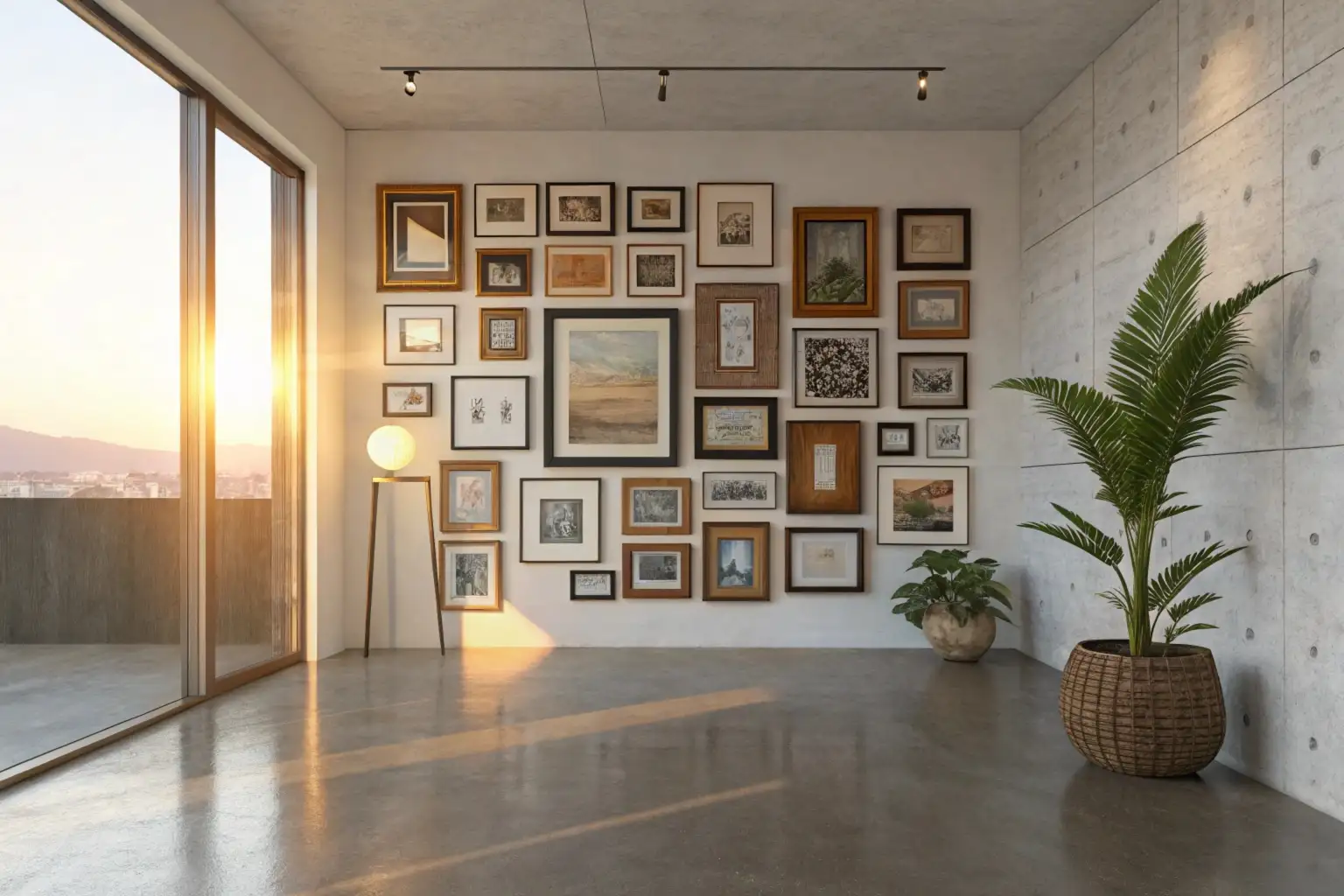
When printing photos or artwork, knowing about aspect ratios is key. The aspect ratio shows the width to height of an image. It’s important to keep the image’s quality when printing and resizing.
Differences from scaling, resolution, and cropping
Scaling means changing an image’s size but keeping its shape. The resolution, in dots per inch (DPI), impacts print quality. Cropping changes the aspect ratio by cutting off parts of the image. These elements all play a part in the final print.
| Print Size | Aspect Ratio | Recommended Resolution |
|---|---|---|
| 4x6 inches | 3:2 | 1200 x 1800 pixels |
| 5x7 inches | 7:5 | 1500 x 2100 pixels |
| 8x10 inches | 5:4 | 2400 x 3000 pixels |
| 11x14 inches | 3:2 | 3600 x 5400 pixels |
To keep image quality, match the image’s aspect ratio to the print size. For instance, a 3:2 ratio fits a 4”x6”, 8”x12”, or 20”x30” print without cropping. If the image doesn’t fit, you might need to crop or add borders to avoid distortion. Not sure about your image’s aspect ratio? Use our aspect ratio calculator to find the perfect match for your prints.
Scaling and resolution are crucial for keeping details when enlarging prints. A higher resolution means you can print larger without losing quality. By considering aspect ratio, scaling, and resolution, you can get professional-looking prints that keep your image’s integrity.
Common Print Sizes and Their Corresponding Ratios
Knowing about print sizes and their ratios is crucial for top-notch printing. We’ll look at the usual dimensions used in professional printing. We’ll also see how they match up with aspect ratios.
Standard Photo Print Dimensions
Photo printing uses certain sizes that are widely accepted. These are 4x6 inches, 5x7 inches, and 8x10 inches. Each size has a specific aspect ratio. This is important for scaling and to avoid image distortion.
| Print Size | Aspect Ratio | Recommended Resolution |
|---|---|---|
| 4x6 inches | 3:2 | 1200 x 1800 pixels |
| 5x7 inches | 3.5:2.5 | 1500 x 2100 pixels |
| 8x10 inches | 5:4 | 2400 x 3000 pixels |
Professional Art Print Sizes
For bigger prints and professional art, different sizes and ratios are used. These sizes offer more detail and impact. Common sizes include 16x20 inches, 20x30 inches, and 24x36 inches.
Converting Between Different Print Sizes
When changing print sizes, keeping the shape is key to avoid distortion. For instance, going from an 8x10 (5:4 ratio) to a 16x20 keeps the ratio. This makes scaling easy without cropping. But, switching from an 8x10 to an 11x14 (4:3 ratio) might need some adjustments to keep the image quality.
Preventing Image Distortion in Print Production
To get perfect prints, focus on the right image size and shape. We’ll look at ways to keep your images looking sharp and true to form.
Maintaining Image Quality During Scaling
Scaling images right means paying attention to their shape. For example, if you want an 8x10 print from an 8x12 photo, you’ll need to crop it. To avoid this, figure out the best size based on your photo’s pixels. An image with 3744x5616 pixels works well for many print sizes without losing its shape.
Proper Cropping Techniques
Cropping is key to fixing image shapes without messing them up. Use photo editing tools or apps to adjust your image’s layout. This way, your main subject stays in the center and important parts aren’t missing. Remember, common print sizes are 4:3, 4:5, and 2:3.
Resolution Considerations for Different Print Sizes
Resolution is crucial for print quality, no matter the size. Always upload images at the highest quality possible. This lets you crop for different sizes without losing details. For bigger prints, make sure your original image has enough pixels to avoid blurry spots.
| Print Size | Minimum Resolution (DPI) | Ideal Pixel Dimensions |
|---|---|---|
| 4x6 inches | 300 | 1200x1800 |
| 8x10 inches | 300 | 2400x3000 |
| 16x20 inches | 300 | 4800x6000 |
Digital Camera Aspect Ratios and Print Compatibility
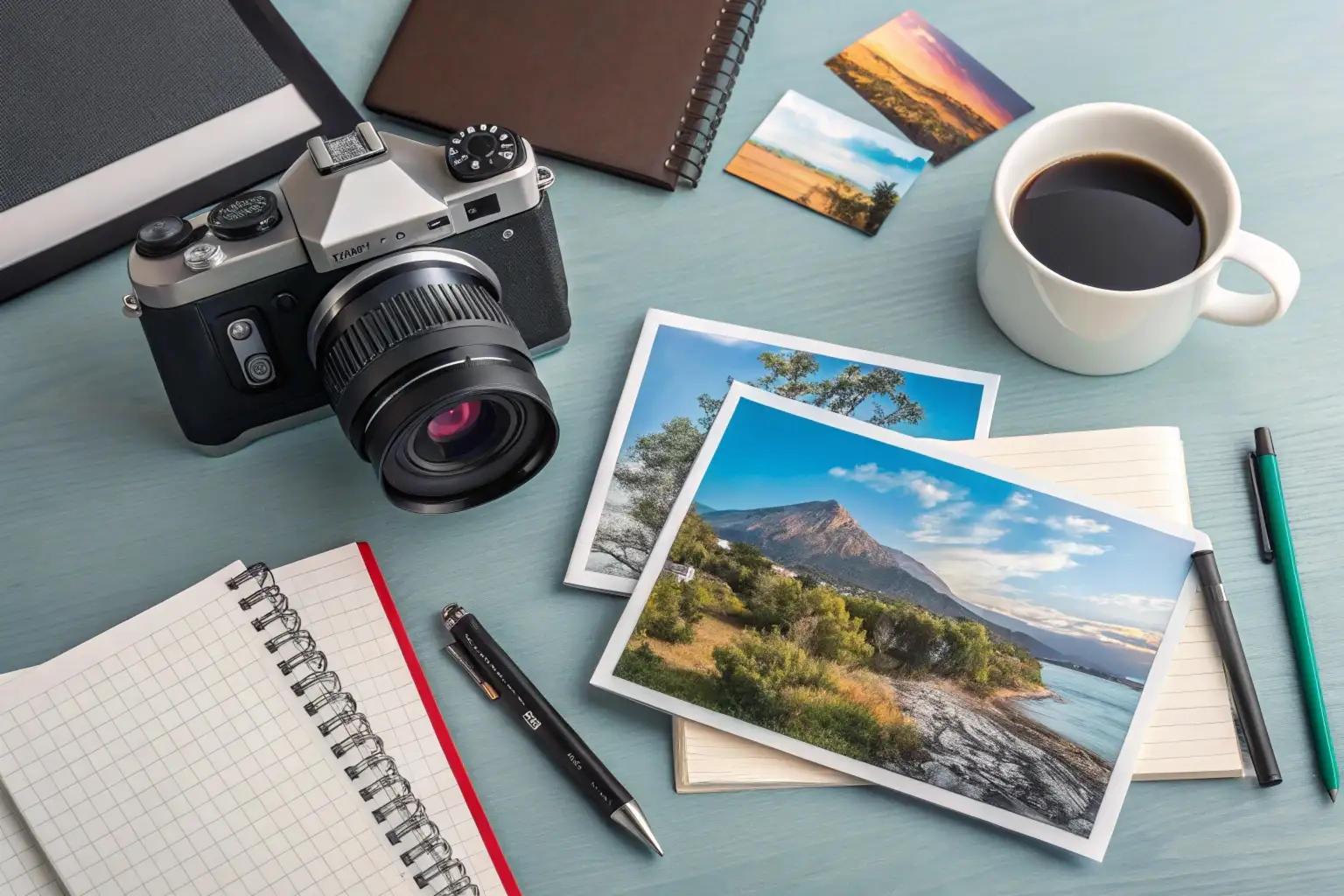
Digital cameras come in different aspect ratios for various photography needs. The 3:2 ratio is great for traditional prints, found in full-frame DSLRs. Smartphones offer square (1:1), panoramic (16:9), and standard (4:3) options. Knowing these ratios is key for making images ready for printing.
When transforming digital images, matching your camera’s aspect ratio to your print size is crucial. This ensures your photos scale well and often don’t need cropping. Let’s look at common aspect ratios and their uses:
To optimize images for printing, use in-camera cropping tools. This lets you see your final image and make changes. Remember, the aspect ratio affects not just the frame but also the balance and detail of your photo.
Trying out different ratios can improve your photo scaling skills. It’s a vital part of making your images look great on paper. By understanding aspect ratios, you’ll create stunning prints that showcase your photos perfectly.
Professional Techniques for Aspect Ratio Management
Managing aspect ratios is key for photographers and graphic designers. It ensures your work looks great in print. Here are some pro tips for maintaining aspect ratio and improving your graphic skills.
Composition Strategies for Different Ratios
When shooting, leave extra space around your subject. This makes it easier to adjust your image for different ratios. For landscapes, try a 16:9 ratio to capture wide scenes.
Use the aspect ratio to guide your composition. This helps create balance and interest in your images.
Working with Negative Space
Negative space is a powerful tool in composition. It can highlight your subject and add balance. When adjusting your image for different ratios, use negative space wisely.
This approach keeps your image impactful across various print sizes and formats.
Frame Selection Based on Aspect Ratio
Choosing the right frame is vital for your image’s print look. Measure your artwork’s dimensions and pick a frame that matches. Different ratios can change your image’s mood.
A square frame can suggest stability, while a wider frame might show movement or panoramic views.
Mastering these techniques will boost your ability to manage aspect ratios in printing. Remember, practice is key to mastering image dimensional translation.
Conclusion
Mastering aspect ratios is key for anyone in visual content. Photographers and digital artists need to know how to keep image quality high. They must avoid distortion.
Scaling images right means keeping the original aspect ratio. This prevents cropping or stretching that can ruin your work.
Choosing the right aspect ratio is vital for print quality. For example, 3:2 ratio images fit well in 4” × 6”, 8” × 12”, or 10” × 15” prints. On the other hand, 4:3 ratio photos are great for 6” × 8” prints.
Remember, different platforms need different ratios. Instagram, for instance, uses 1:1, 1.91:1, and 4:5 for different post types.
Preserving dimensions is important in all media. Whether you’re using a full-frame DSLR or a smartphone, think about your output. Applying these tips will make your visual content look its best, on screens or in prints.
Related Articles
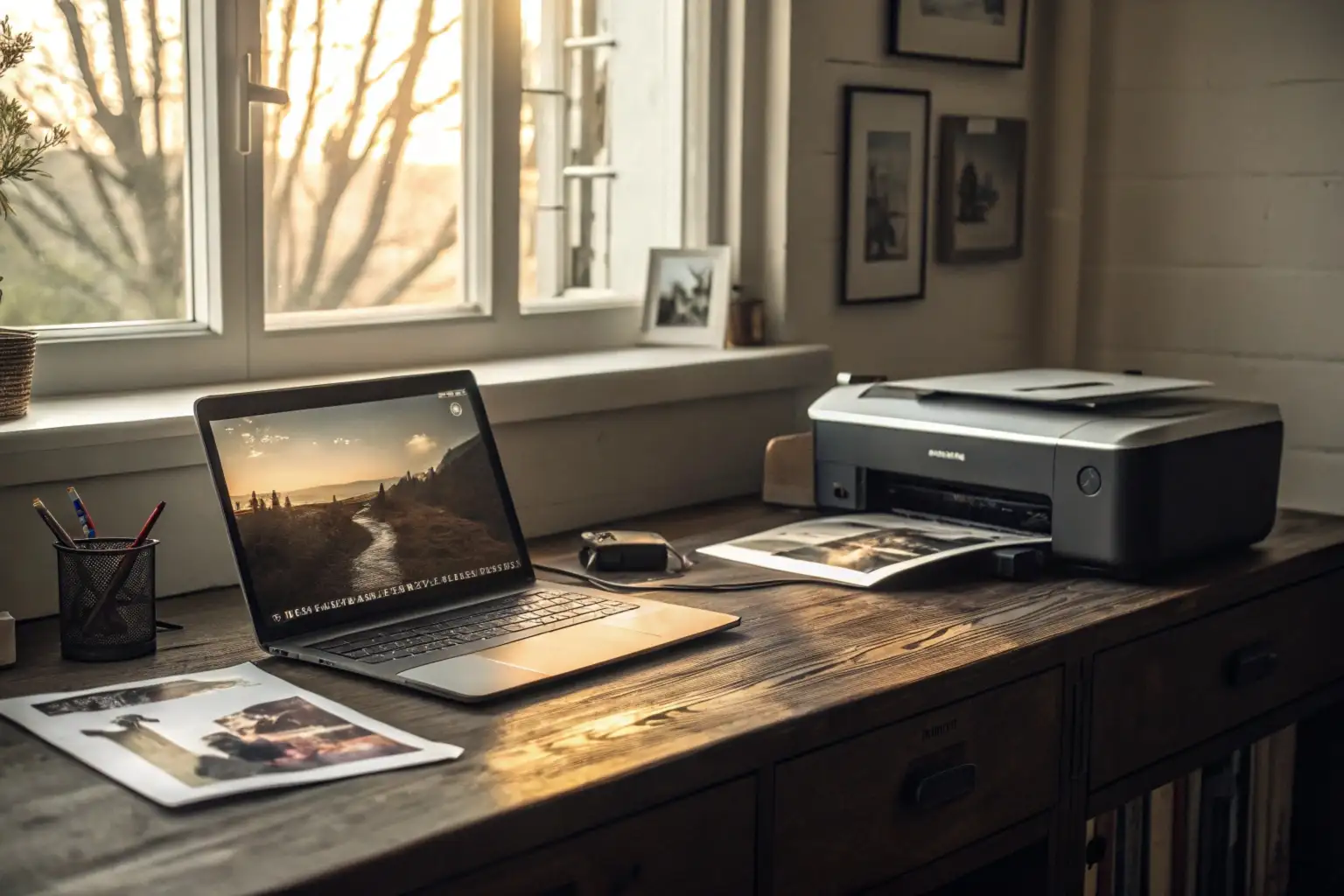
How to Optimize Images for Print: The Most Important Things to Know
Ever wondered why your digital images look blurry or pixelated when printed? It's all about print resolution. We'll go through how to make your images look great on any paper, just like they do on screen.

Aspect Ratios Decoded: What You Need to Know Before Hitting Print
Discover the crucial aspects of aspect ratios for printing. Learn how to avoid common mistakes and ensure your designs look perfect on paper with our comprehensive guide.
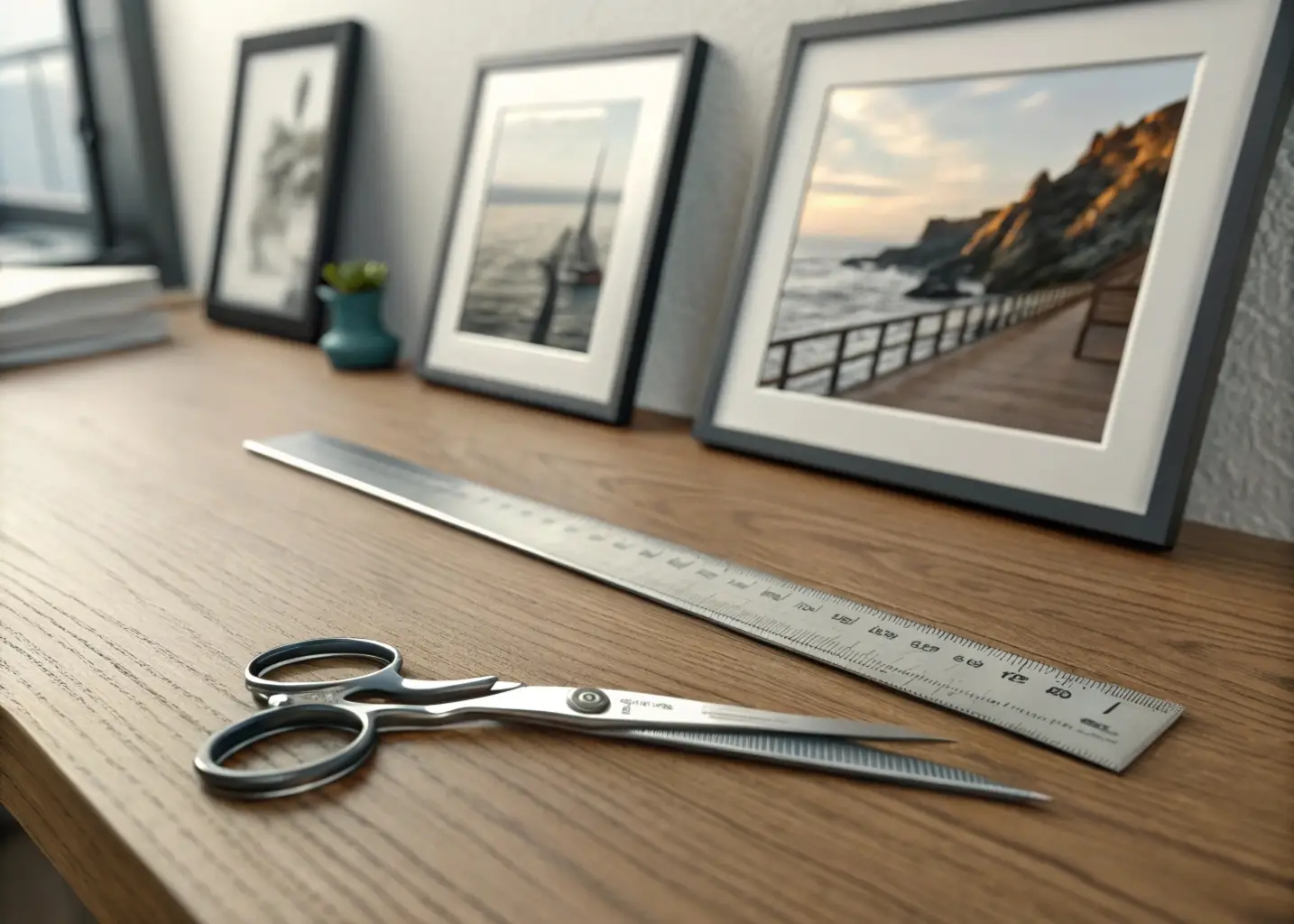
Aspect Ratios Explained: Finding the Perfect Fit for Your Images
Discover everything you need to know about Aspect Ratio for your photos and videos. I'll guide you through common formats and help you pick the perfect dimensions.